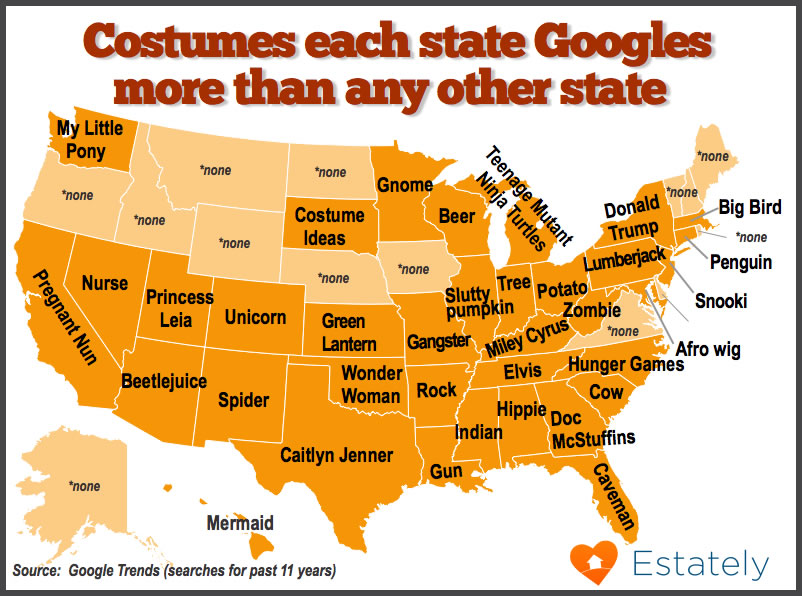Tristin Hopper has a scary list of all the folks who are out to prevent any fun from happening this October 31st:
This Halloween, some Barrie, Ont., elementary students will not go to school dressed as witches, goblins or zombies — but in simple shades of orange and black. The dress code is “an effort to respect the diverse value of … families,” according to a letter sent out by one school.
Similar ”orange-and-black” days have been decreed around Ottawa schools this year by parents and teachers. In parts of Quebec, costumes are permitted — but junk food restrictions have barred teachers and administrators from distributing candy to students.
[. . .]
Since the 1970s, Halloween fears have mostly involved tainted treats; razor blades in apples and chocolate bars injected with rat poison. Spooked by rumours of sabotaged Halloween candy, dozens of municipal councils enacted trick-or-treating bans, and home-baked treats quickly became a quaint relic. But to date, the only confirmed case of tainted Halloween candy occurred in 1974 when Houston dad Ronald Clark O’Bryan murdered his eight-year-old son as part of a life insurance scam by spiking a package of Pixy Stix with cyanide.
[. . .]
Halloween’s pagan origins have earned it official scorn from most major religions, and when trick-or-treaters come to the door of Calgary-area pastor Paul Ade, they walk away not with candy, but with a Bible.
Mr. Ade is the founder of JesusWeen, a Christian alternative to Halloween gaining traction in Canada, the United States and the U.K. Instead of chocolate bars and lollipops, JesusWeen participants hand out Bibles, pieces of scripture or other Christian-themed gifts. JesusWeen participants can even dress up — although as superheroes and princesses rather than witches or ghosts. “We as Christians believe in life, not death,” Mr. Ade explains.
[. . .]
In the United States, religious calls to ban Halloween reached a boiling in the 1990s as a retaliation to efforts by the American Civil Liberties Union to scrub any mention of religion from the school system. In 1989, a small county in Florida banned Halloween on the grounds that it was a pagan religious holiday. By century’s end, dozens of school boards across the country had followed suit. Anti-Halloween sentiment soon spread to Canada. In 1998, three Thunder Bay Catholic schools banned Halloween for promoting “evil” values.




